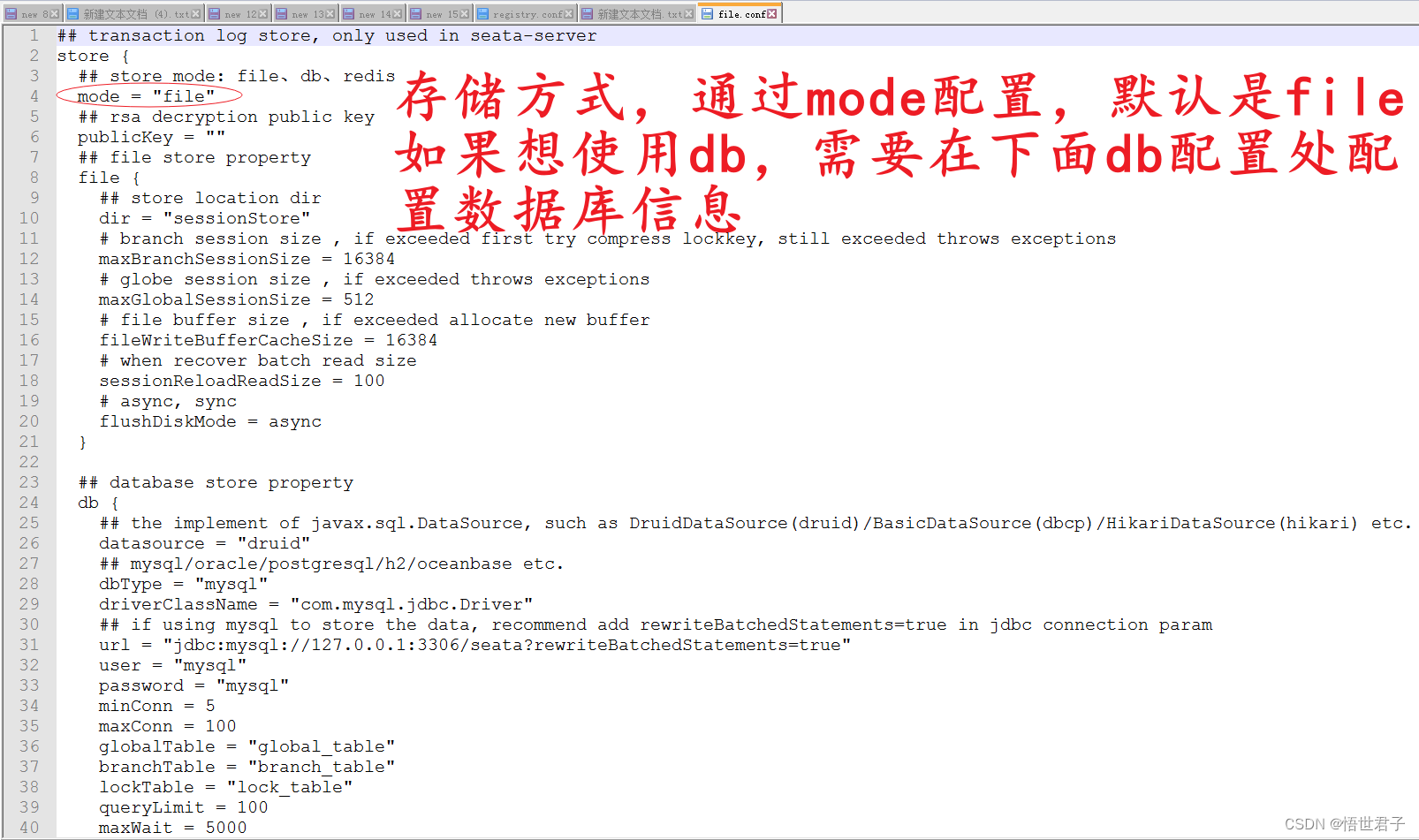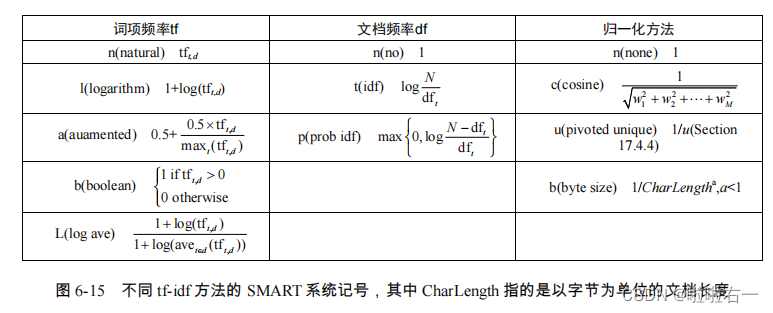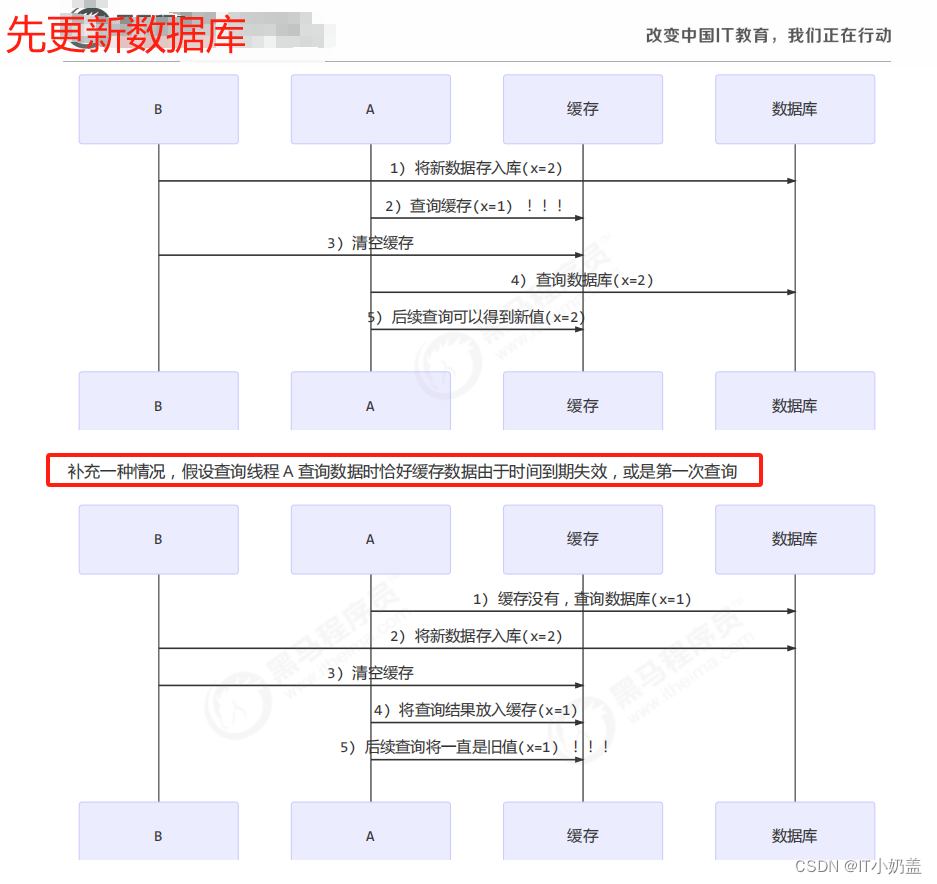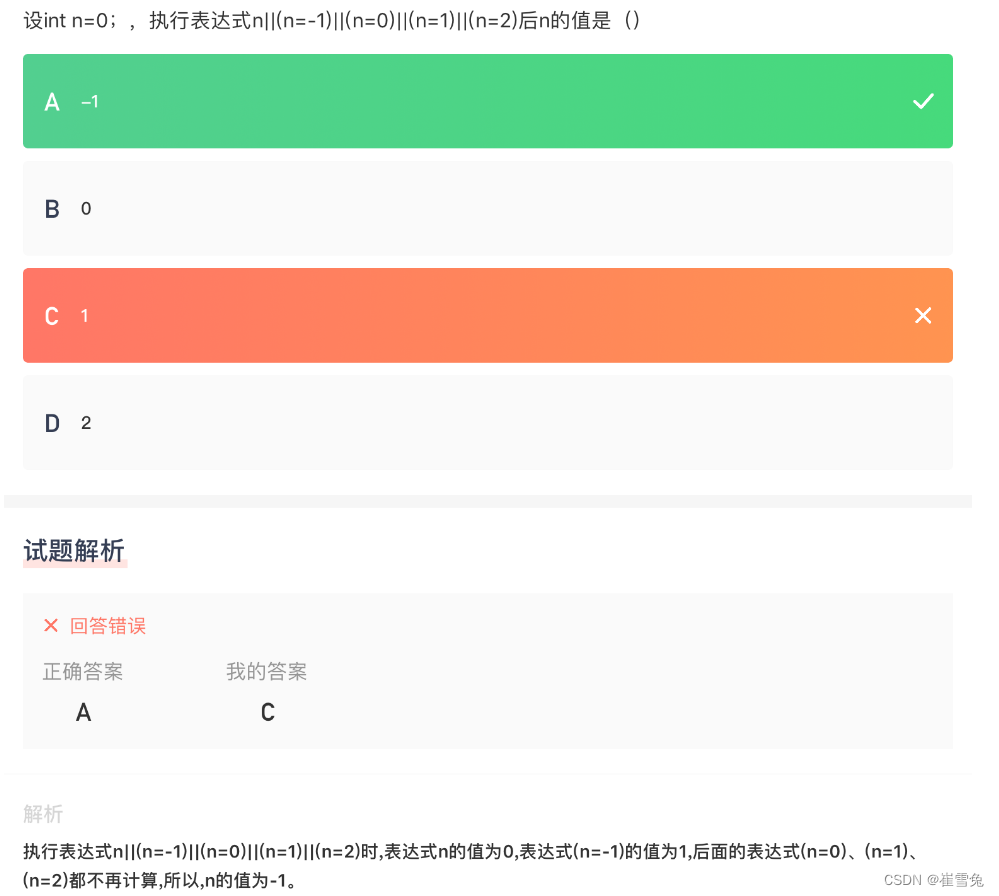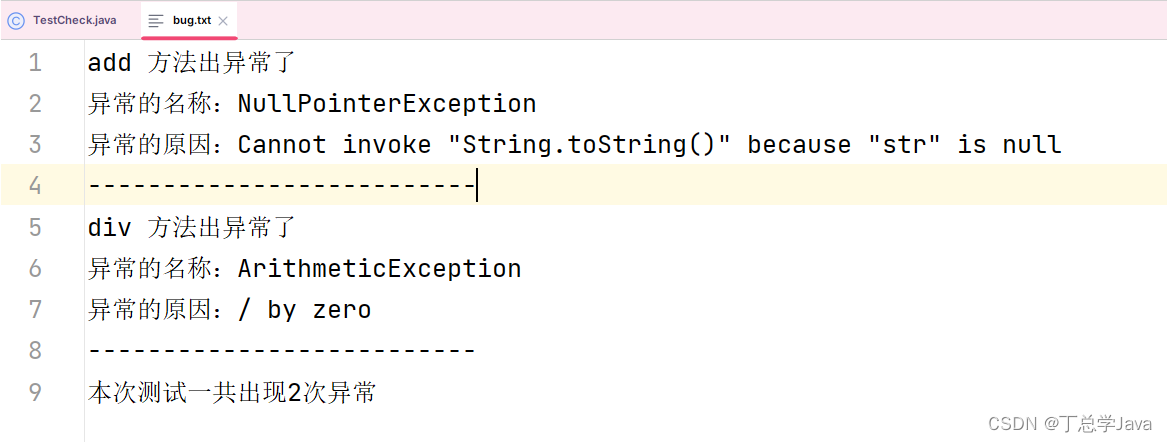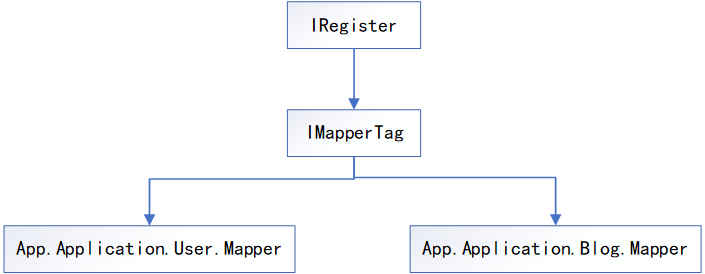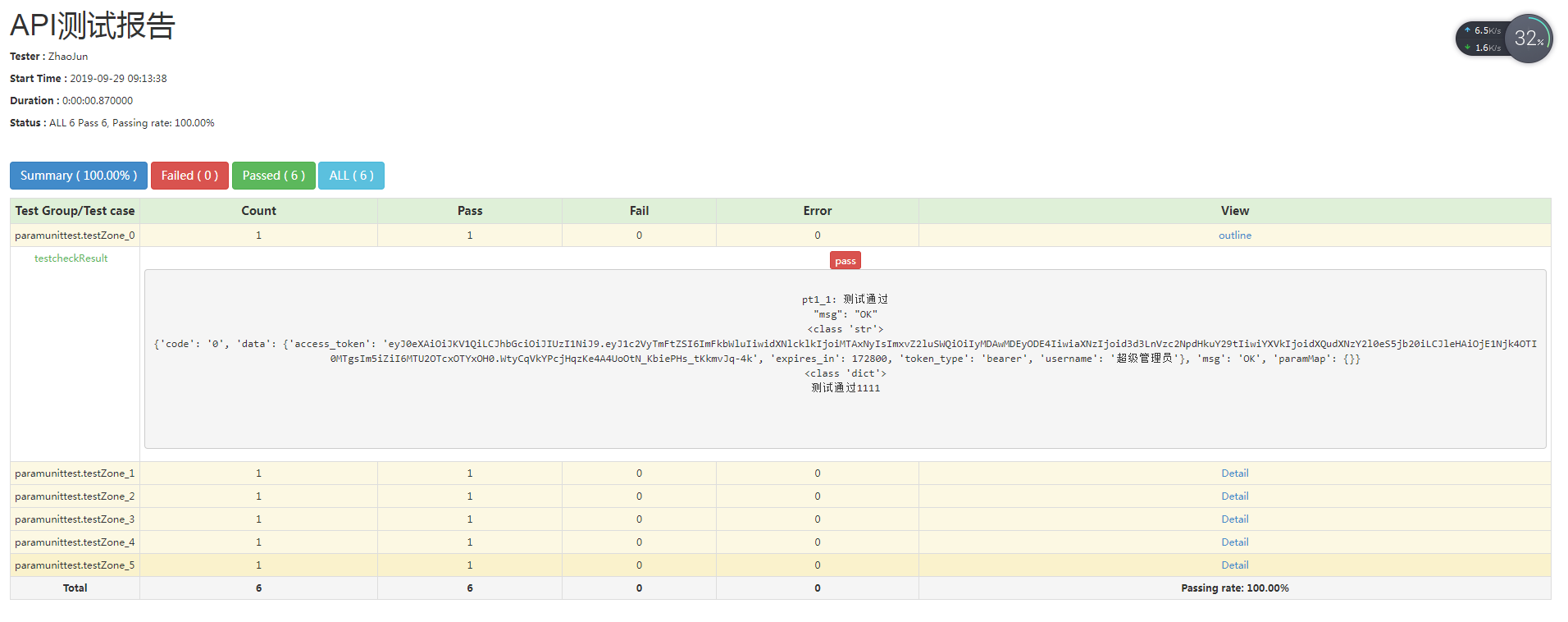这里写目录标题
- 公共子节点
- 采用集合或者哈希
- 采用栈
- 拼接两个字符串
- 差和双指针
- 旋转链表
公共子节点
例如这样一道题:给定两个链表,找出它们的第一个公共节点。

具体的题目描述我们来看看牛客的一道题:
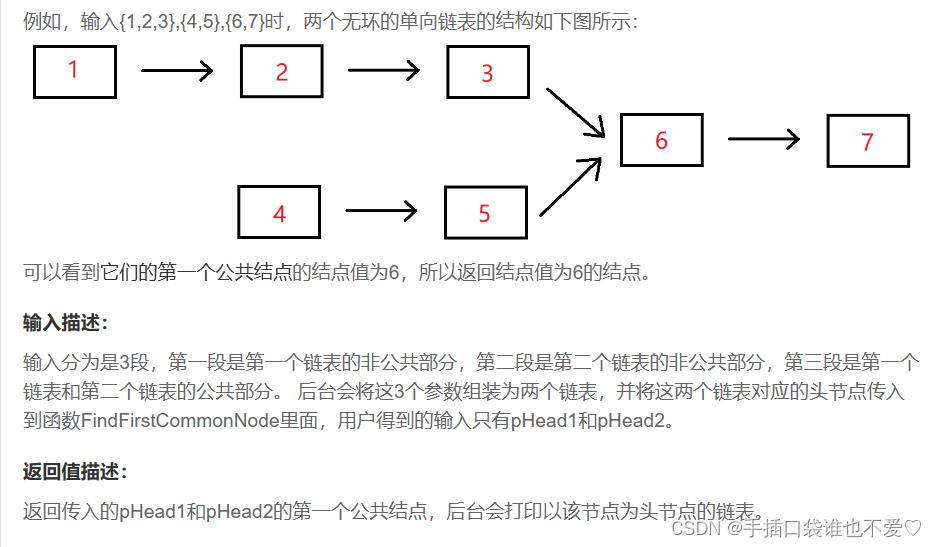
这里我们有四种解决办法:
采用集合或者哈希
思路是这样的,我们先把其中一个链表遍历放入Map中,然后遍历第二个第二个链表与Map中的对比,第一个相同的即为公共节点。
public ListNode FindFirstCommonNode(ListNode pHead1, ListNode pHead2) {
Map<ListNode, Integer> map = new HashMap<>();
while (pHead1 != null) {
map.put(pHead1, pHead1.val);
pHead1 = pHead1.next;
}
while (pHead2 != null) {
if (map.containsKey(pHead2)) {
return pHead2;
}
pHead2 = pHead2.next;
}
return null;
}
采用栈
这种方法,我们需要两个栈把两个链表分别遍历入栈,然后同时弹出,相同且最晚出栈的那一组即为公共节点。
public ListNode FindFirstCommonNode(ListNode pHead1, ListNode pHead2) {
Stack<ListNode> stack1 = new Stack<>();
Stack<ListNode> stack2 = new Stack<>();
while (pHead1 != null) {
stack1.push(pHead1);
pHead1 = pHead1.next;
}
while (pHead2 != null) {
stack2.push(pHead2);
pHead2 = pHead2.next;
}
ListNode ret = null;
while (stack1.size() > 0 && stack2.size() > 0) {
if (stack1.peek() == stack2.peek()) {
ret = stack1.pop();
stack2.pop();
} else {
break;
}
}
return ret;
}
拼接两个字符串
先看下面的两个链表:
A:1-4-6-2-3-5
B:2-3-5
我们试着拼接一个
AB:1-4-6-2-3-5-2-3-5
BA:2-3-5-1-4-6-2-3-5
我们会发现链表只要有公共的节点,那么我们遍历AB与BA就会找到公共节点。
public ListNode FindFirstCommonNode(ListNode pHead1, ListNode pHead2) {
if (pHead1 == null || pHead2 == null) {
return null;
}
ListNode p1 = pHead1;
ListNode p2 = pHead2;
while (p1 != p2) {
p1 = p1.next;
p2 = p2.next;
//防止陷入死循环
if (p1 != p2) {
if (p1 == null) {
p1 = pHead2;
}
if (p2 == null) {
p2 = pHead1;
}
}
}
return p1;
}
差和双指针
遍历两个链表记录两个链表的长度,然后先遍历较长链表(len1-len2)绝对值个节点,然后两个链表同时向前走,节点一样的时候就是公共节点。
public ListNode FindFirstCommonNode(ListNode pHead1, ListNode pHead2) {
if (pHead1 == null || pHead2 == null) {
return null;
}
ListNode p1 = pHead1;
ListNode p2 = pHead2;
int len1 = 0, len2 = 0;
while (p1 != null) {
p1 = p1.next;
len1++;
}
while (p2 != null) {
p2 = p2.next;
len2++;
}
int sub = Math.abs(len1 - len2);
ListNode current1 = pHead1;
ListNode current2 = pHead2;
if (len1 > len2) {
int a = 0;
while (a < sub) {
current1 = current1.next;
a++;
}
}
if (len2 > len1) {
int a = 0;
while (a < sub) {
current2 = current2.next;
a++;
}
}
while (current1 != current2) {
current1 = current1.next;
current2 = current2.next;
}
return current2;
}
这段代码是一个Java方法,用于查找两个链表中的第一个公共节点。方法名为FindFirstCommonNode,接收两个参数pHead1和pHead2,分别表示两个链表的头节点。
首先,判断两个链表是否为空,如果有一个为空,则返回null。
然后,使用两个指针p1和p2分别遍历两个链表,计算它们的长度len1和len2。
接下来,计算两个链表长度之差的绝对值sub。
再接着,创建两个新的指针current1和current2,分别指向两个链表的头节点。如果链表1的长度大于链表2的长度,将current1向后移动sub个节点;如果链表2的长度大于链表1的长度,将current2向后移动sub个节点。
最后,同时遍历两个链表,直到找到第一个相同的节点,将其返回。
旋转链表
我们有两种思路:
- 将前k部分与N-k部分分别反转,连接起来就解决了。
- 用双指针找到倒数K的位置,具体实现如下:
public ListNode rotateRight(ListNode head, int k) {
if(head==null || k==0){
return head;
}
ListNode fast = head;
ListNode slow = head;
ListNode temp = head;
int len = 0;
while (head!=null){
head = head.next;
len++;
}
if(k%len==0){
return temp;
}
while (k%len>0){
k--;
fast = fast.next;
}
while (fast.next!=null){
fast = fast.next;
slow = slow.next;
}
ListNode res = slow.next;
fast.next = temp;
slow.next=null;
return res;
}
- 首先,判断链表是否为空或旋转位置数是否为0,如果满足任一条件,则直接返回原链表头节点。
- 初始化三个指针:fast、slow和temp,都指向链表头节点。同时,定义一个变量len用于记录链表的长度。
- 遍历链表,计算链表的长度。
- 判断旋转位置数k是否能被链表长度整除,如果能整除,则不需要旋转,直接返回原链表头节点。
- 如果旋转位置数k不能被链表长度整除,需要找到k对链表长度取模后的余数对应的节点位置。通过fast指针先向前移动k%len个位置,然后fast和slow指针同时向前移动,直到fast指针到达链表尾部。此时,slow指针所在的位置就是需要旋转后的新头节点。
- 将新头节点的下一个节点作为新链表的尾节点,将原链表的尾节点接到新链表的头部,形成新的链表。
- 返回新的链表头节点。
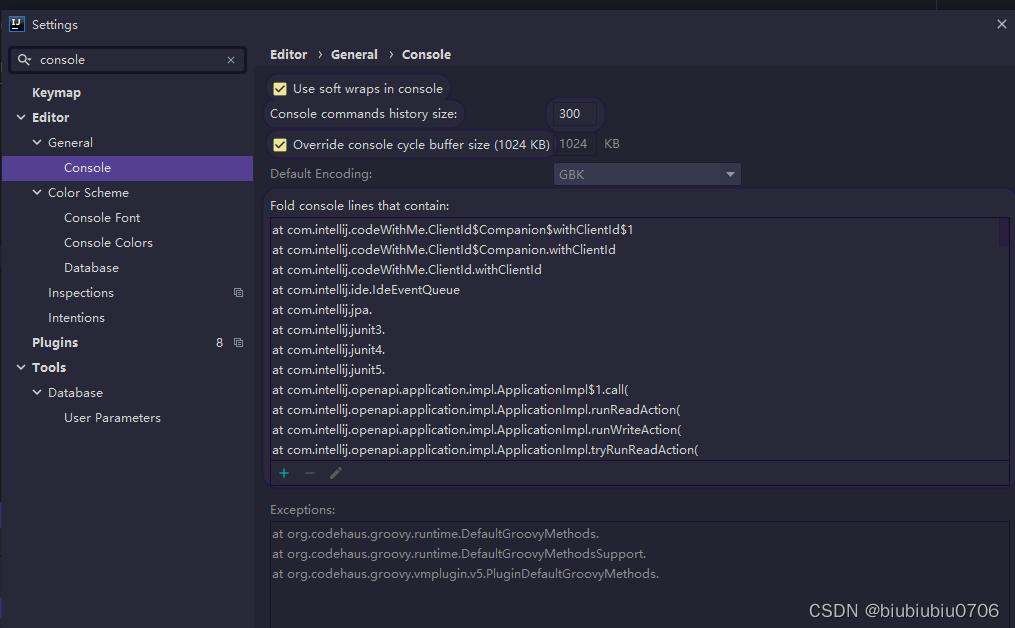

![[C++] C++入门](https://img-blog.csdnimg.cn/7e7ee437538b4345b91ec9476932a568.png)

